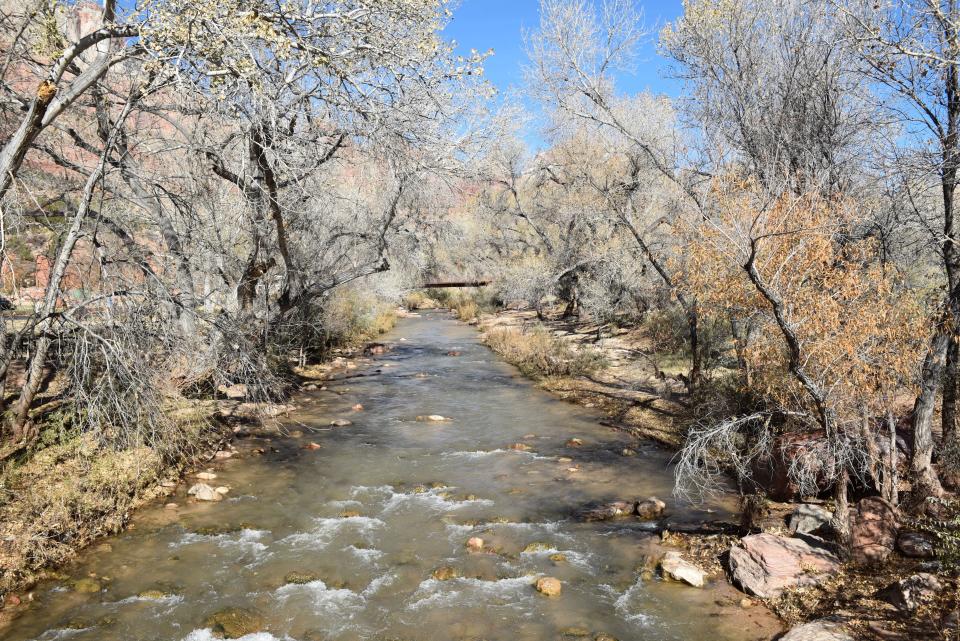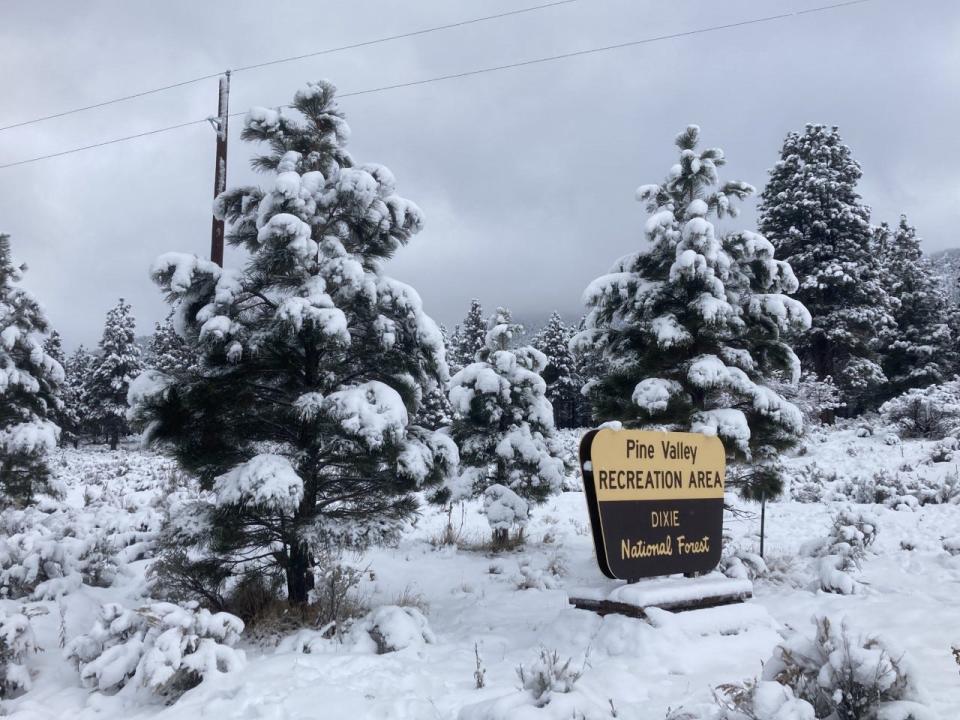Utah water officials prepare for floods, celebrate boost to water supplies

After one of the snowiest Februarys in memory, Utah's snowpack levels are near record highs, officials said Tuesday, signaling good prospects for the state's water supplies but also raising concerns about flooding.
Now, water managers statewide are watching closely to see how much snow accumulates, all the while with fingers crossed in the hopes that temperatures rise slowly this spring.
"We want a gradual melt-off during the spring that will not overwhelm our rivers and streams," said Candice Hasenyager, director of the state Division of Water Resources. "The way our snowpack melts is something our division and the Utah Division of Emergency Management is monitoring closely."
All the precipitation had transformed the state's water supply outlook for the year. While officials were quick to warn that one wet year wouldn't be enough to offset what has otherwise been a decades-long drought period, they acknowledged that many of the state's long-struggling reservoirs would get a much-needed boost.

Another series of storms this week has added to what has already been a record year in many places across the state. As of March 1, 10 sites had reported a record-high amount of snow-water equivalent (the amount of water packed away in unmelted snow) compared to the last 30 years, with seven other sites reporting their second-highest numbers. Most of the western half of the state was at more than 200% of the typical peak snowpack for the year, and some sites were even higher. At Gutz Peak in western Washington County, the snow water equivalent was 444% of normal as of Tuesday.
Great Salt Lake had risen by about two feet since hitting a historic low last November, having added about twice as much depth in the last four months as it did all of last year.
As recently as October, 96% of Utah was technically in a "severe drought" as measured by the U.S. Drought Monitor. But after an unusually wet winter that has extended into the beginning of spring, that figure was just 39% as of Tuesday.
On the other hand, flood worries were increasing with each new storm. The Utah Division of Emergency Management was encouraging communities to work with local public works offices or emergency management offices to help clear ditches, streambeds, canals and culverts. A state website was advertised as a way for residents to plan to protect their own properties at floodhazards.utah.gov.
"We have a chance to take full advantage of this year’s snowpack by taking steps to be drought resilient," Hasennyager said.
This article originally appeared on St. George Spectrum & Daily News: Utah prepares for floods, celebrates boost to water supplies

 Yahoo Autos
Yahoo Autos 